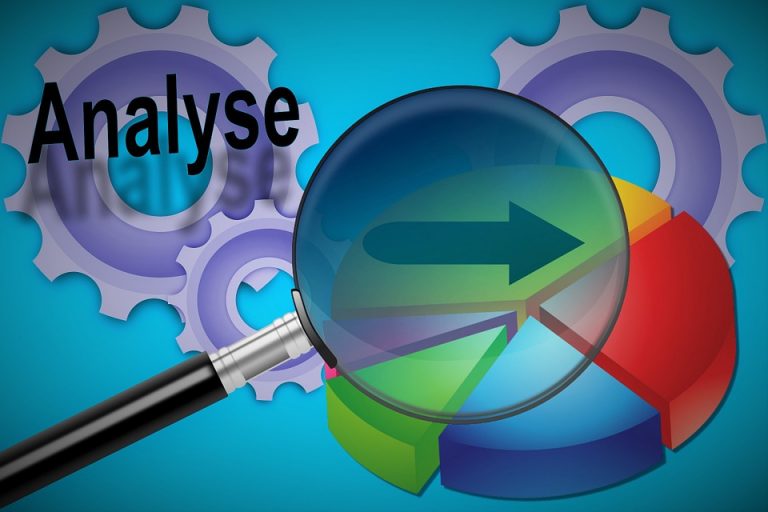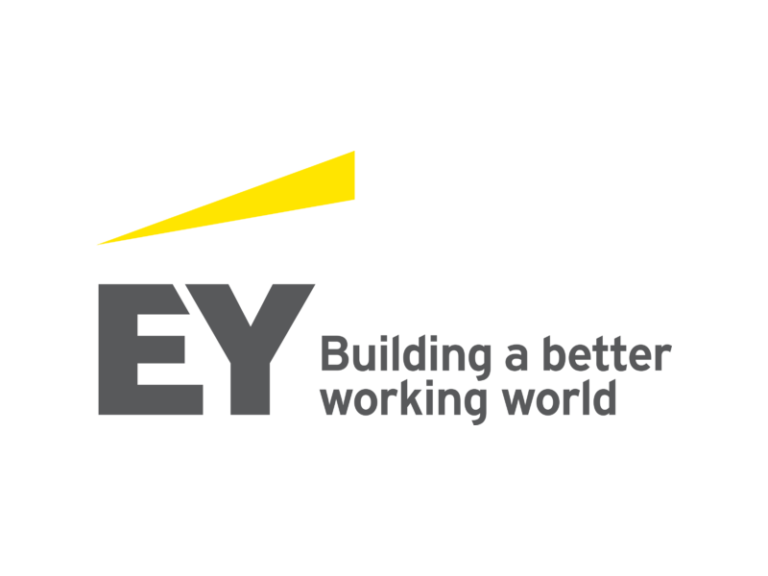Talent Acquisition ; The Key to Success or Failure
Sadly this article is not about the Transformers. Sorry.
It is about something not as exciting but maybe just as important.
We are seeing more and more organisations looking to “transform” their Talent Acquisition/Resourcing functions, either as part of a wider HR/People programme or maybe simply wanting to try a new piece of tech.
Having been through a few (and still going strong on the current one) I thought I would share a few bits of insight that might assist others, starting with today…why can a transformation often go wrong?
Now there are many reasons why things can go slightly south when you are looking to go through a period of transformation, whether it is a single project or several programmes. A little birdie called McKinsey told me that 74% of business transformations fail. Not HR, not Payroll, not Reward, not even Talent Acquisition. General business-wide. If they are failing, what chance might we have?
If we break down the reasons why, some common themes come to the front of the queue:
- Vision/Direction – why and where are we going? What does the future look like? Is it what we need?
- Leadership – who is leading the ship? Do others think they are and not us?
- Communication – we know what we are doing, but do others?
- C-suite – are they on-board? Do they sponsor? Do they understand the true strategic impact?
For me, however, the most common problem is people. Hear me out.
People make an organisation and own the culture. People drive, improve and innovate a process. People choose, implement and use the tech. People need to be the centre of any piece of transformation. They need to be connected to the goals and ambition, they need to buy into the end-product and they need to be taken on a journey. They also need the skills and support to deliver, implement and experience.
Any strategy that you might have will be nothing more than a soulless Powerpoint deck without truly considering the human effort and impact both tactically and operationally to what you are trying to achieve.
Ensure that whether it is transformation planning, designing, implementation or delivery, people are the most important consideration…if not most likely your project programme will end up on that 74% pile.
Part 2
The first part covered what might go wrong during TA transformation; poor leadership, lack of direction or even a disconnected exec/leadership group.
What comes next? Post-it notes and marker pens? Excel project plans? Nope. For me let us take a step back before we actually “do” anything. Mindset; yes you read that correctly. Mindset.
For a long time TA have always been branded the “process” police, whether it be a candidate criticising our ATS (and rightly so) or a hiring manager who has to complete task ABC by XYZ. What happens if we forget the word “process” and looked at an “experience” way of thinking. This is what Google tells us:
- PROCESS – A series of actions or steps taken in order to achieve a particular end.
- EXPERIENCE – An event or occurrence which leaves an impression on someone.
“Actions or steps” v “Leaving an impression”…I know which one I prefer!
Now I am not the first person in “Talent” to talk about experience. However, with tech developing at a rate of knots and C-suite starting to really put an emphasis on attraction and retention, there is no better time to start moving away from a “process” mentality to an “experience” mindset.
With tools such as Design Thinking and a greater understanding of how people operate such as see, think feel & do, we now have a creative ability to create “experiences” that will truly positively impact candidates, hiring managers and our own internal talent.
If we are to ever reach that Holy Grail of a “consumer” like experience in TA, we need to be far more experiential in our thinking. Imagine Talent Management designed through the eyes of the people we are actually trying to develop and grow? How about a Hiring Manager that engages with his Recruiter 101% every time because we have taken the time to get inside their world, understand their pressure and problems and suggested solutions, no matter how big or small?
Yes. This is all possible using a very simple tool. Not a bigger budget. Not a piece of shiny tech. Empathy. Yep. Empathy; simply understanding how someone else feels. That is it. Not rocket science. That should be the most important thing when we are looking to re-design. Our audience is key and how they feel is critical, not our admin requirements. As we all know acceptance is the real barrier to adoption; if we can crack this, we are half-way there.
Remember. Transformation needs to transform. Let us begin at home with how we think about our own world, before we try changing the world of others.
Part 3
The third instalment in my mini guide to TA Transformation is one that is probably my favourite (I do apologise in advance to anyone who is not a Game of Thrones fan for the title).
We have covered what we need to get the transformation ball rolling, how to create experiences rather than processes. Now we will look at for me something that should be not only the backbone of any transformation, but the heart of your TA function; Data.
Data should drive the decisions we make. It should determine how we do things, where we need to improve and illustrate what impacts we have made. Whether it is the weekly kick-off meeting for a delivery team or as part of an Executive board pack, data should be used to engage and influence the organisation illustrating our ability to be a true profit centre.
I think everyone agrees that TA probably doesn’t use data as much as they should but for me it should be central to everything we do. It does not have to be difficult either. Look at what data-sets you collect; is it from an ATS/CRM? What does it tell you? Does it accurately reflect what you do as a function? Clearly here you might need a tough conversation with a supplier re configuration of your workflows or reporting capability but this is all essential stuff. If we look at our colleagues in Sales and Finance, this would probably be minimum par for the course…
When it comes to analysing and using your data, keep it simple. Look at your overall strategy…what are your overall goals and objectives? How do they cascade into activities? I always like to use the STRATEGIC TACTICAL OPERATIONAL model and below are some good examples:
Strategic
Headcount growth/turnover
Cost of empty seat/vacancy
Employer Brand equity
Diversity & Inclusion
Tactical
Talent availability/landscape/competition
Quality of hire
NPS Referrals/Advocacy
Operational
Time to hire
Source Conversion
Actual hires v Forecast
Now there are many more data-sets and metrics out there. Data and analytics is a huge area of TA that is growing at pace due to its strategic value and the development of tech and AI/automation. Focus on what you want to achieve and take it from there. Don’t walk before you can run however don’t underestimate the power of data. It is one of the biggest tools in your armoury when it comes to objectively proving your commercial worth as a TA function.
Ben Gledhill is currently Head of Resourcing at Yodel. Since entering the Talent industry in 2006, I have always wanted to make a difference and positively impact the lives of many. Many years later, as a proven Talent Acquisition Leader, Ben has led and developed both centralised and remote teams with a focus on performance, delivery and experience. Ben believes in the creation and adoption of a “hiring culture” through coaching, influencing and educating all members of an organisation; strategic, tactical and operational. His main passions lie in HRTech, Employer Branding and Candidate Experience ensuring that the organisation can achieve its goals through the attraction and retention of market-leading talent.








